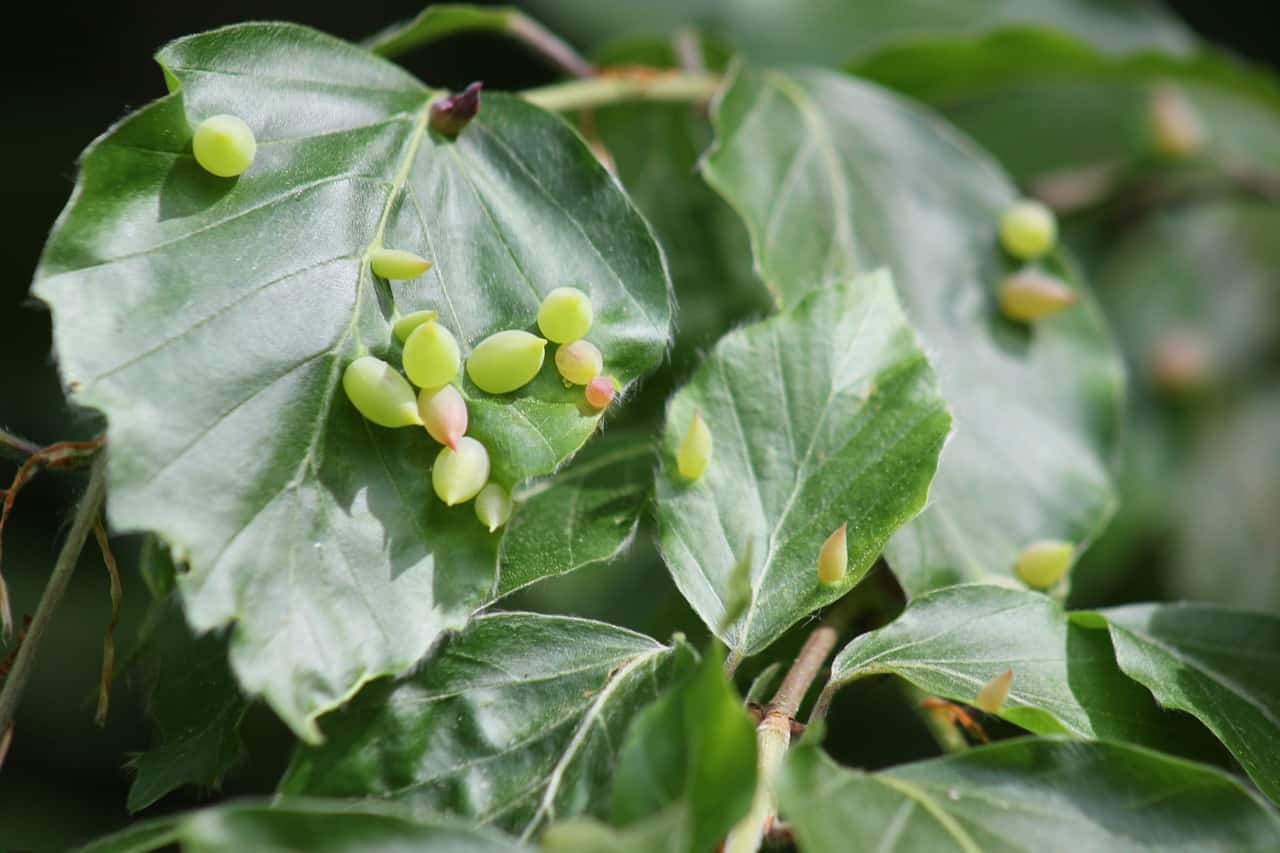In the native range there are a handful of galls on a leaf. In the expanded range, there are thousands on a tree.
As the climate continues to warm, some species will benefit even as many others will lose out. In the Pacific Northwest of the United States and Canada species set to benefit include some insect species that are expanding their range further north into native oak savannas.
The proof of that trend lies in an increasing number of yellowed and tattered leaves that have fallen prey to herbivorous insects called oak gall wasps (Neuroterus saltatorius), scientists say.
“In the native range, you might find a handful of galls (structures made by oak gall wasps) on a single leaf. In the expanded range, sometimes you’re finding thousands on a single tree,” said Kirsten Prior, an assistant professor of biological sciences at Binghamton University who was an author of a new study.
“This is pretty prevalent throughout Vancouver Island,” Prior adds, referring to grassy and shrubby local areas that feature oaks as the dominant tree species and are known as oak savannas.
The native oak species (Quercus garryana), which requires a dry environment, makes for diverse and ecologically vibrant areas that host a wide variety of insects. The insects include oak gall wasps, which create growths known as galls that appear in many forms from ones that resemble large apples to others with colorful spikes reminiscent of sea urchins, the scientists explain.
“There has been a long fascination by biologists and amateurs for this group of species because they’re pretty charismatic. You can go to an oak and see all these structures on it,” Prior said.
However, the migration of these wasps into the oak savannas could pose challenges to native trees on Vancouver Island because few such savannas remain.
Luckily, galls host other species of insects as well, including parasitoid wasps, which can help keep insect pests in check, because their larvae hatched from eggs laid in galls proceed to eat the larvae of oak gall wasps.
“Biodiversity can be really important in potentially protecting areas from invading species,” said Dylan Jones, a doctoral candidate in biological sciences at Binghamton University. “If we have strong competitors and predators, this might make areas less susceptible to invading species.”
This story first appeared on Sustainability Times
© 2022 Sustainability Times.
This article is licensed under a Creative Commons Attribution-ShareAlike 4.0 SA International License.












